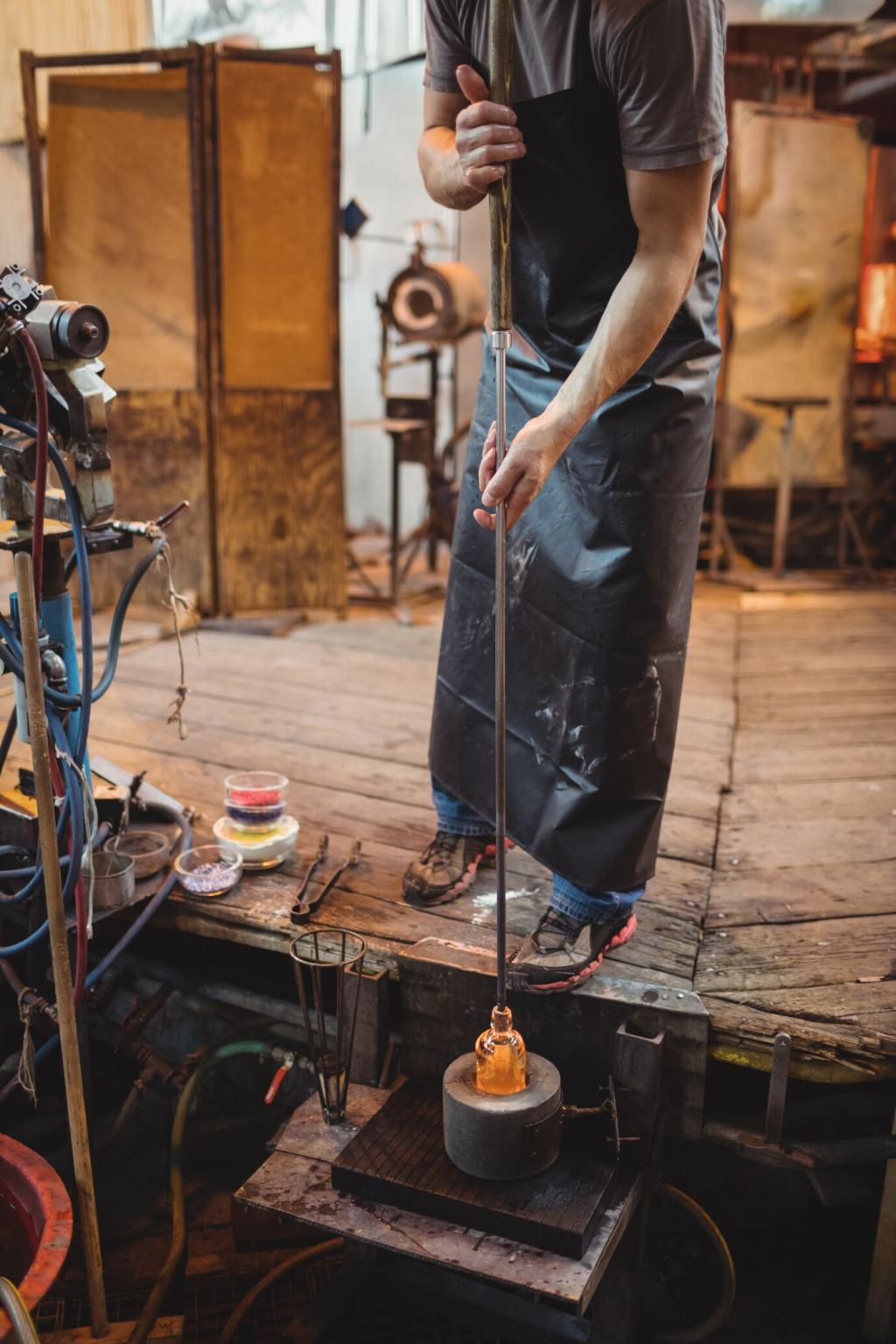
Preventing Damage in Antique Furniture: A Living Guide
Chosen theme: Preventing Damage in Antique Furniture. Protect the stories embedded in wood, finish, and joinery with practical, compassionate care that keeps history alive at home. Read on, ask questions, and subscribe for gentle, expert-backed habits that outlast trends.
Understanding Materials and Vulnerabilities
Antique woods react to light and humidity based on grain density and age. Oak checks differently than mahogany, veneers lift sooner than solids, and burl faces bruise easily. Study figure patterns, end grain, and weight to anticipate risks before they become repairs.
Understanding Materials and Vulnerabilities
Shellac, lacquer, oil, and wax each respond differently to heat, spills, and sunlight. Shellac blushes with humidity, lacquer softens under warmth, oils attract dust, and silicone polishes complicate conservation. Identify the finish before cleaning so you do not dissolve history with enthusiasm.
Understanding Materials and Vulnerabilities
Hand-cut dovetails, pinned mortise-and-tenon joints, and early screws reveal both age and stress points. Loose pegs suggest seasonal shrinkage, not failure. Avoid gluing blindly; understand how movement is designed to happen, and support the original engineering rather than locking it rigid.
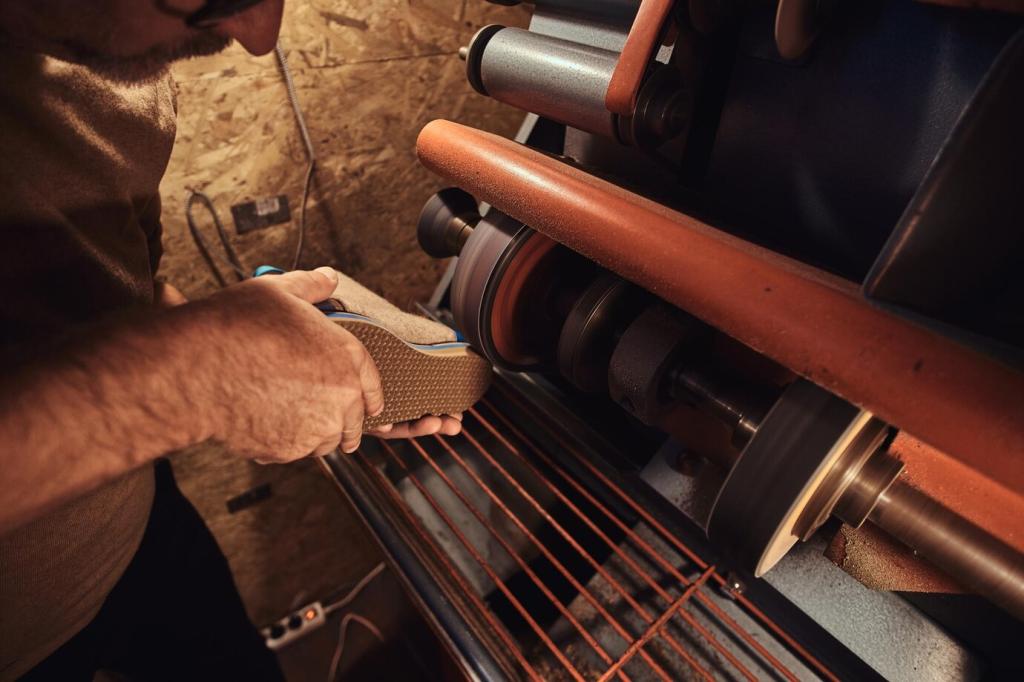
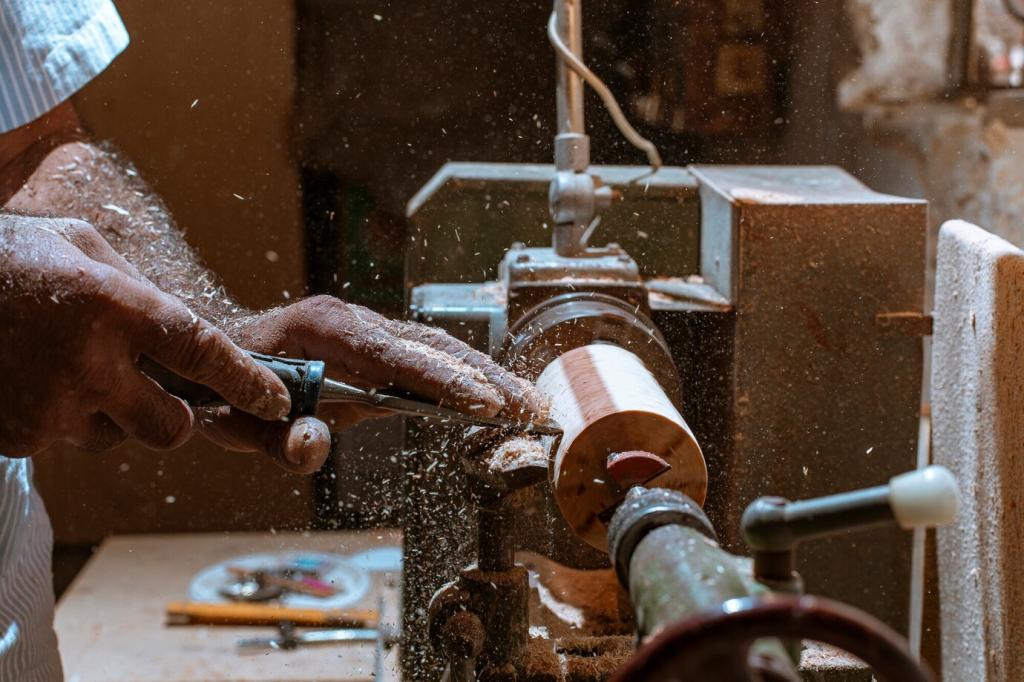
Climate Control Without Compromise
Aim for steady relative humidity around forty to fifty five percent, changing slowly across seasons. Wood swells and shrinks across the grain, stressing glue lines and veneers. Use humidifiers or dehumidifiers with hygrometers, and avoid vents or radiators blasting one side of a piece.
Climate Control Without Compromise
Antiques tolerate a slightly cool room better than daily thermal swings. Avoid placing pieces near fireplaces, sunny windows, or exterior doors. Sudden temperature changes accelerate finish checking and cause wax bloom. Slow and steady wins decades of quiet, unremarkable stability.
Smart Daily Habits that Save Centuries
Use clean felt pads under lamps and ceramics, coasters under every glass, and soft runners on dining tops. Keep grit off feet and shelves to prevent scratches. Change pads yearly, since compressed or dirty felt becomes sandpaper that slowly erases patina and edges.
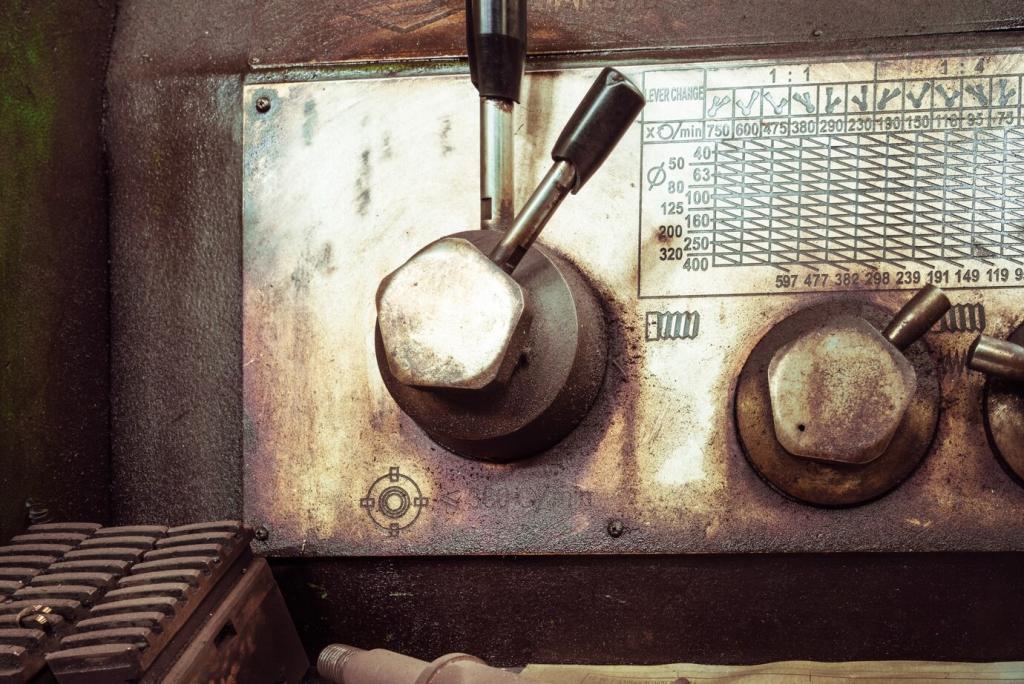
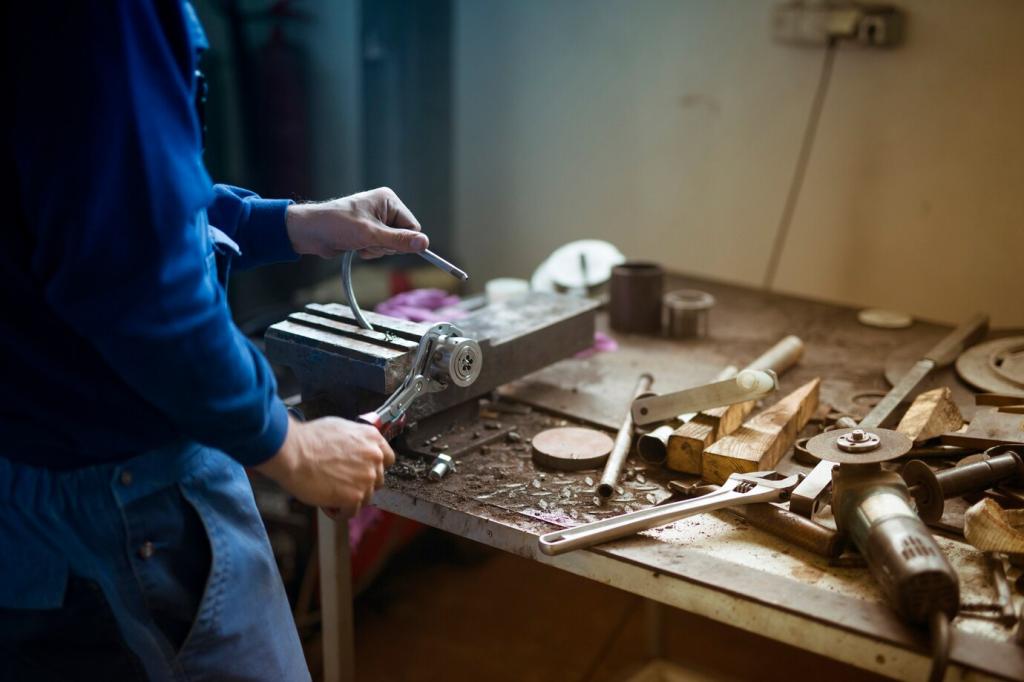
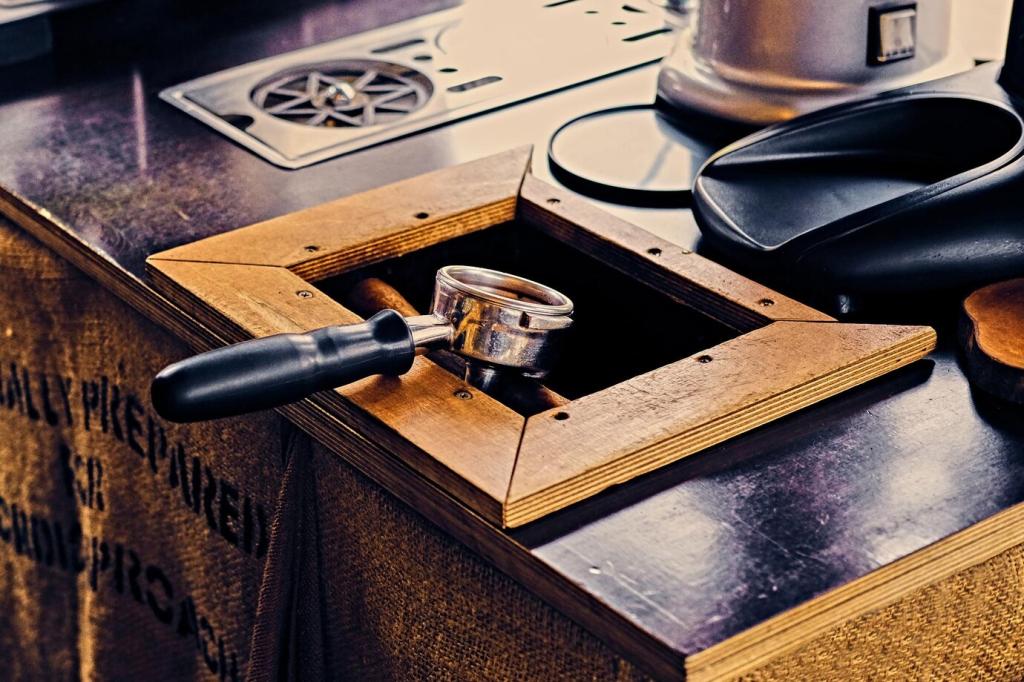
Cleaning and Care: Gentle but Effective
Start with a soft, lint-free microfiber or natural-hair brush to lift dust from carvings and hardware. Only then consider a slightly damp cloth, tested in an inconspicuous spot. Moisture trapped along moldings swells wood and clouds shellac, so work slowly and dry immediately.
Cleaning and Care: Gentle but Effective
Use pH-neutral cleaners sparingly and avoid silicone polishes that seep into finishes and complicate future repairs. A quality paste wax, applied thinly once or twice a year, offers gentle protection and sheen. Remember, shine is not cleanliness; clarity and intact finishes matter more.
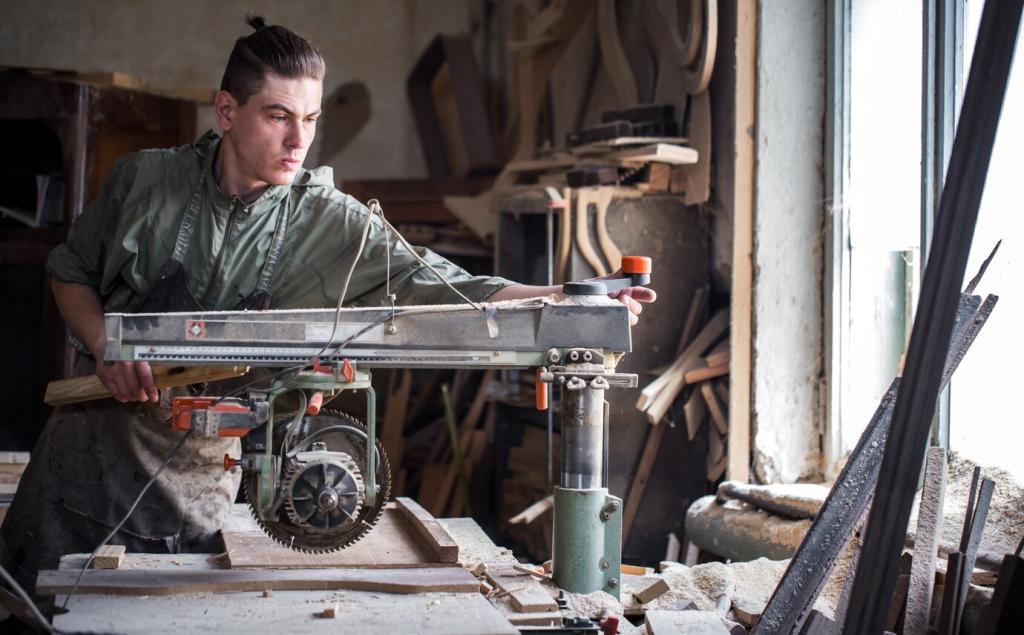
Safe Display, Storage, and Movement
Level floors and stable surfaces reduce racking. Use museum gel for small objects on polished tops, and keep heavy items centered over structural supports. Avoid hanging cabinets on weak plaster without proper anchors, and leave breathing space around carved or veneered edges to prevent knocks.
Pest and Mold Prevention
Tiny exit holes, fine powder called frass, and hollow sounds suggest wood-boring insects. Musty smells, fuzzy patches, and tide lines indicate mold. Inspect undersides, drawer backs, and interior corners monthly, and log observations so small changes are caught before they become costly losses.
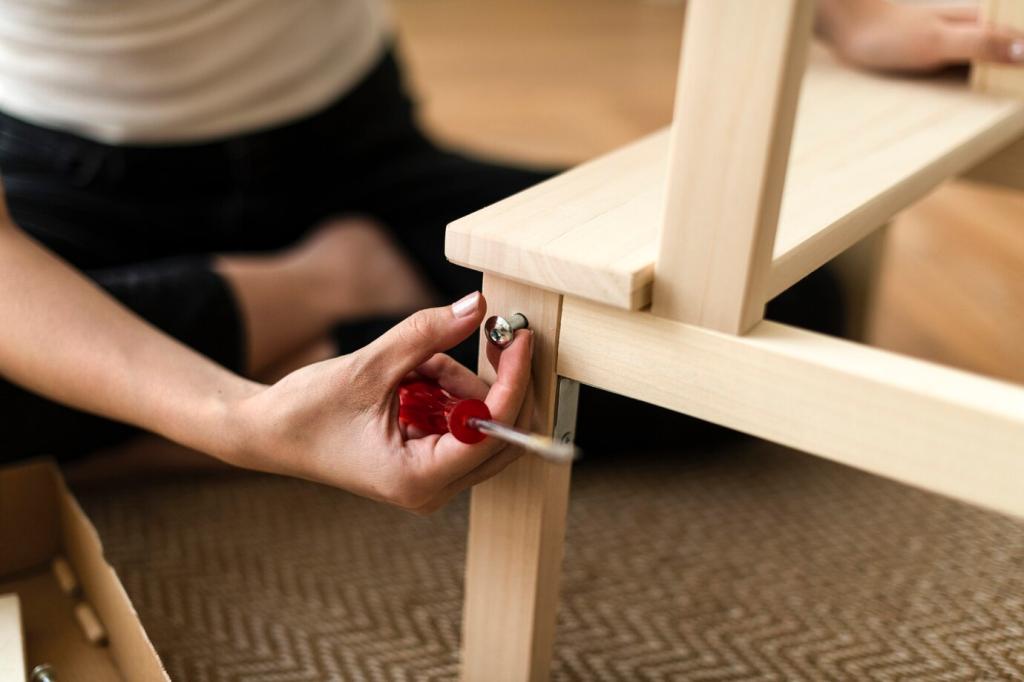
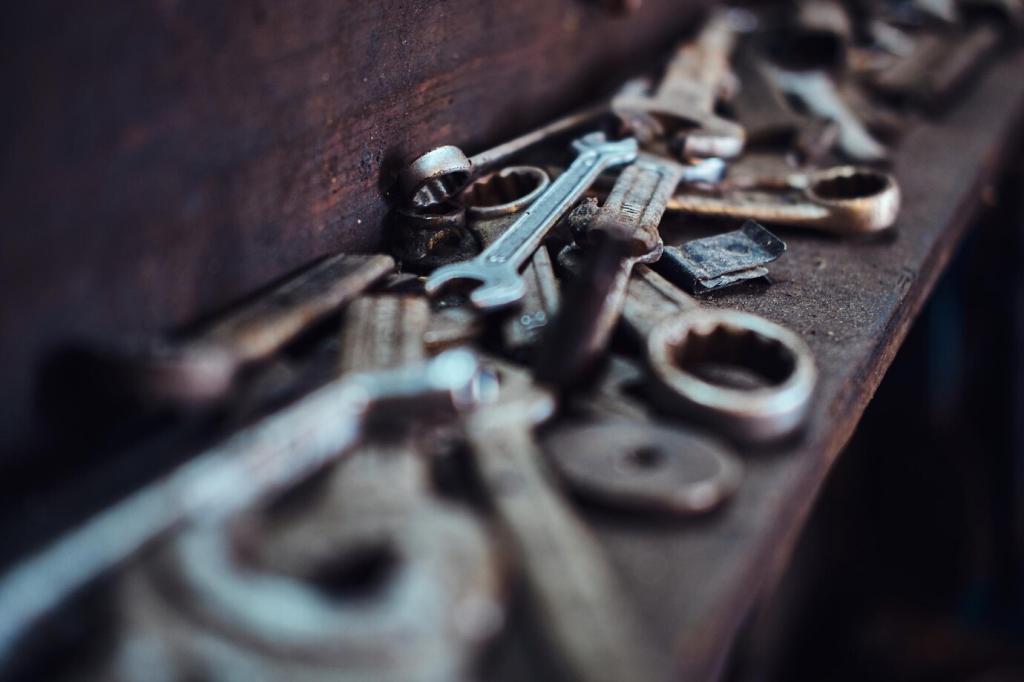
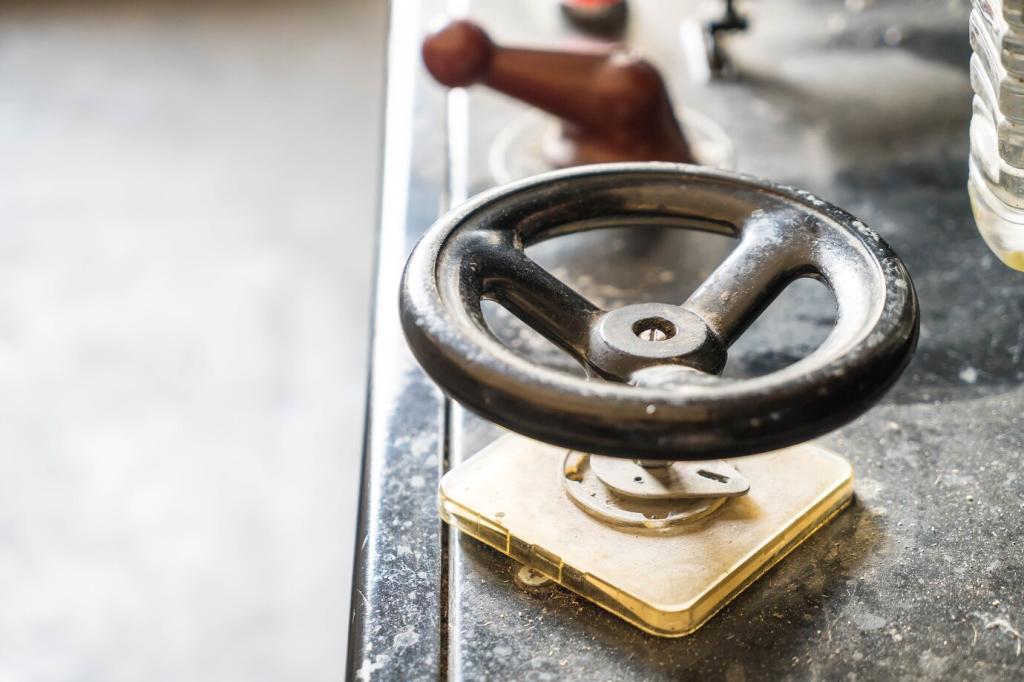
Documentation, Ethics, and When to Call a Conservator
Photograph joints, undersides, backs, and tool marks before any work. Keep a simple log of climate, cleanings, and incidents. These records guide future care, support appraisals, and prevent repeated mistakes, especially when families inherit pieces without the original owner’s stories.
Documentation, Ethics, and When to Call a Conservator
Avoid modern glues, fillers, and heavy sanding that cannot be undone. Choose reversible adhesives and minimal intervention that preserves original surfaces and tool marks. Patina is not dirt; it is evidence of life. Tell us your restoration philosophy and join our newsletter for thoughtful debates.
